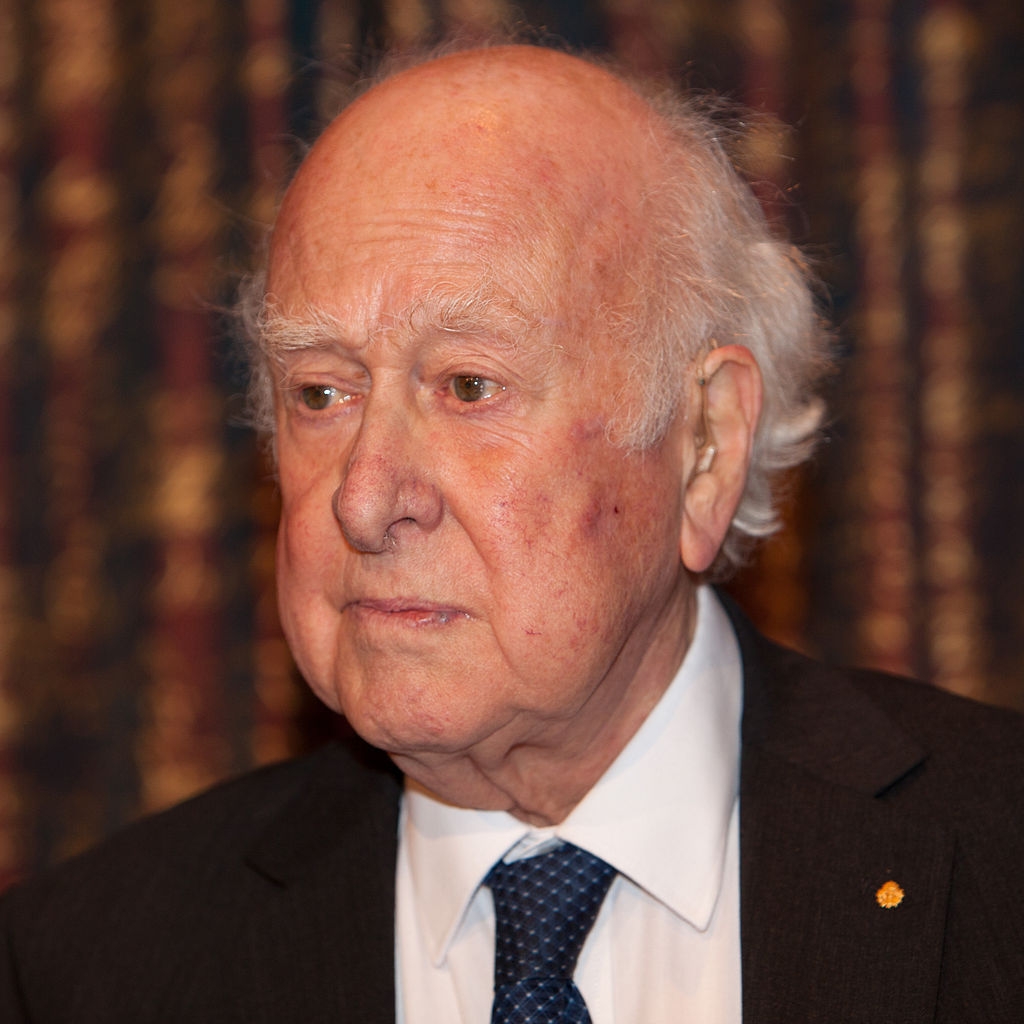On this date in 1929, Peter Ware Higgs was born in Newcastle upon Tyne, UK. He graduated with honors in physics in 1950 from King’s College, University of London. He earned his master of science the next year and his Ph.D. in 1954, both from King’s. In his early 30s, Higgs began his career as lecturer in mathematical physics at the University of Edinburgh. He became a Fellow of the Royal Society of Edinburgh in 1974 and chair of theoretical physics in 1980. Higgs was elected Fellow of the Royal Society in 1983 and Fellow of the Institute of Physics in 1991.
In the 1960s he proposed the existence of a single particle responsible for imparting mass to all matter immediately following the Big Bang. (The Guardian, Nov. 16, 2007.) The Higgs boson, the scientific term for the particle, radically altered the field of physics, such that Higgs, according to Time magazine, ranks with physics giants like Albert Einstein, Isaac Newton and Democritus. Based on Higgs’ theory, scientists theorized a quantum field through which initially weightless particles move and acquire their mass. Higgs and François Englert were awarded the 2013 Nobel Prize in Physics for their work.
For several decades, a multi-billion dollar effort, including the construction of the Large Hadron Collider (LHC) at the CERN laboratory in Geneva, Switzerland, sought to find the Higgs boson particle. The LHC , the most powerful particle accelerator ever constructed, cost $6 billion and took 25 years to plan. “Scientists … hope the [Large Hadron Collider] will produce clear signs of the boson, dubbed the ‘God particle’ by some, to the displeasure of Higgs, an atheist.” (Reuters, April 7, 2008.) Within two years of the original 2012 results at the LHC, the vast majority of particle physicists agreed that the Higgs particle discovery had been confirmed by multiple experiments and analyses.
PHOTO: Higgs at the 2013 Nobel Laureates press conference at the Royal Swedish Academy of Sciences; photo by Bengt Nyman under CC 2.0.

